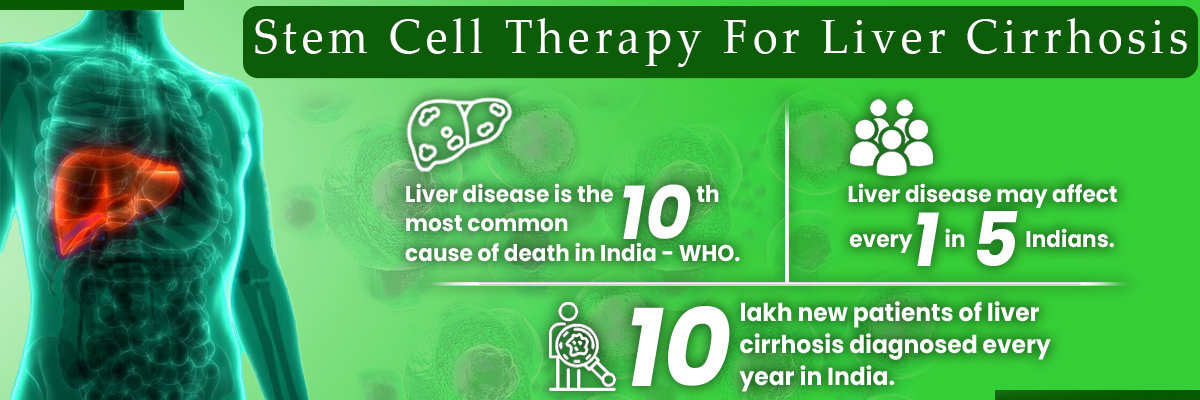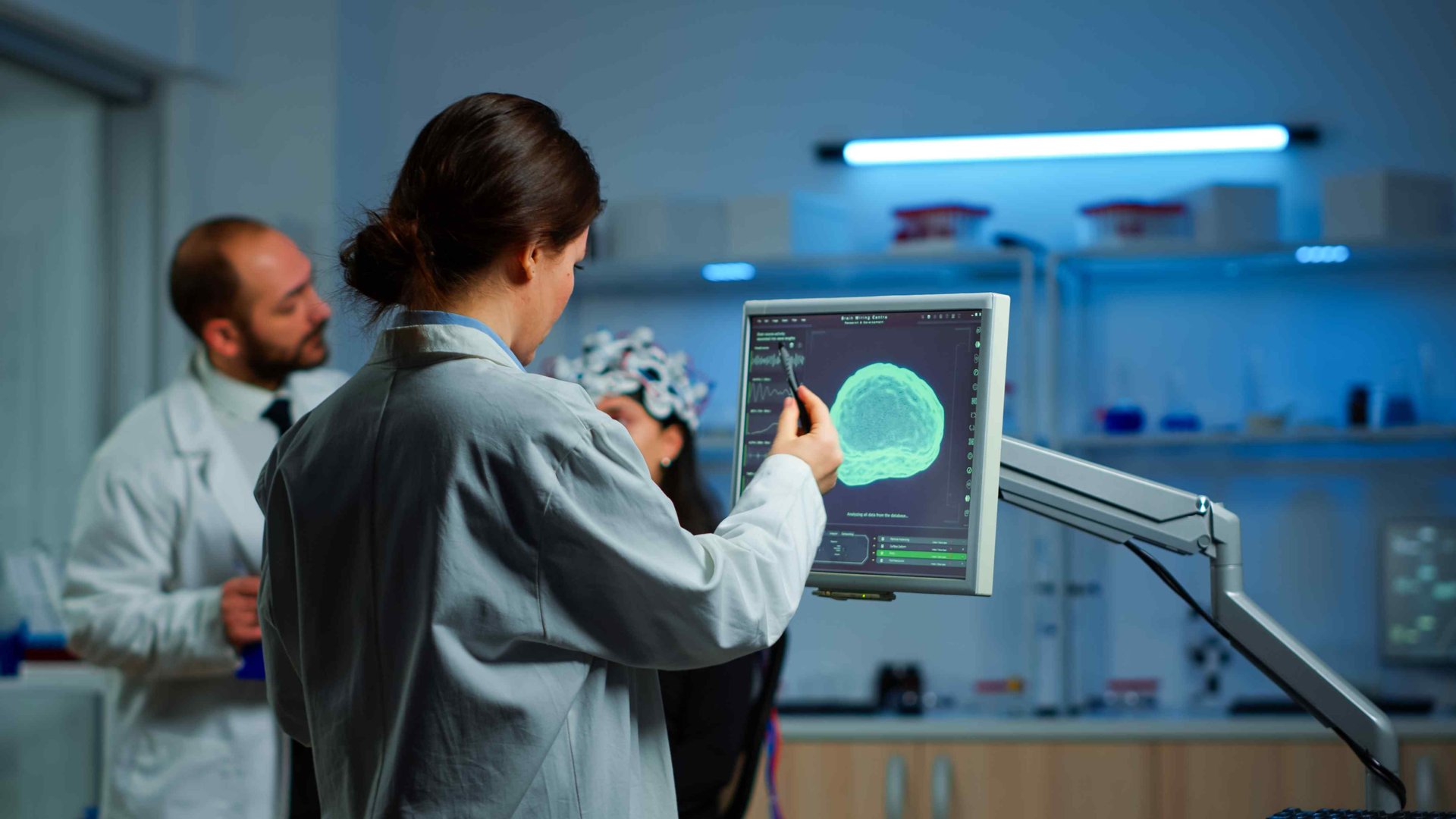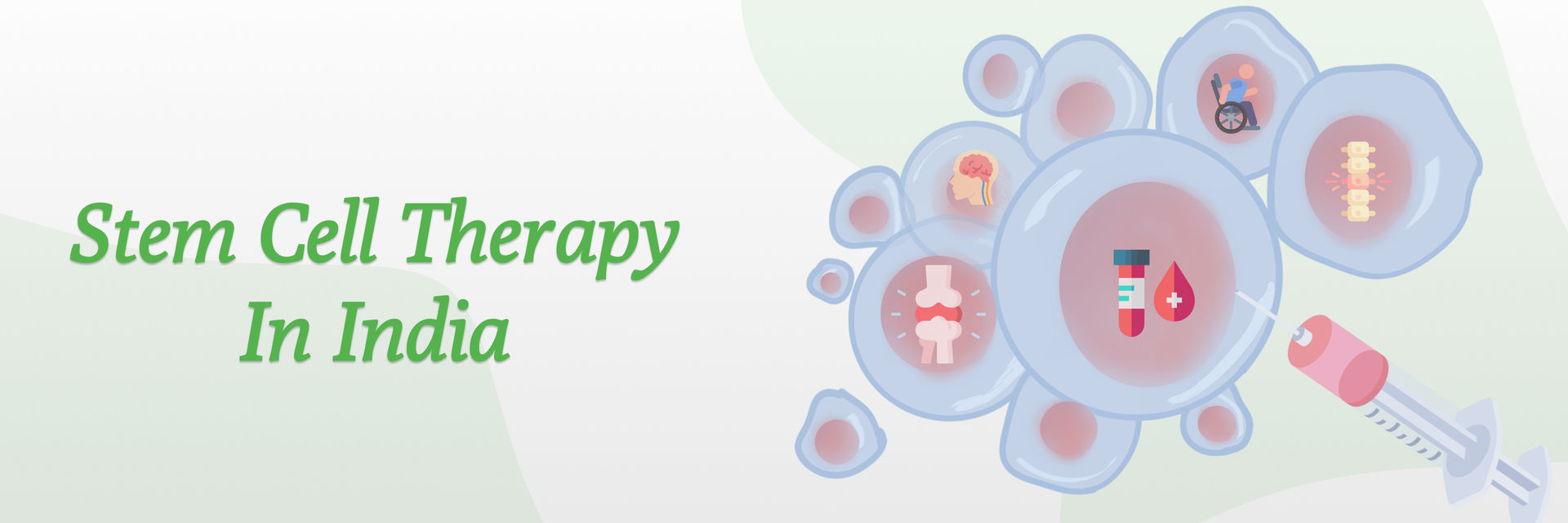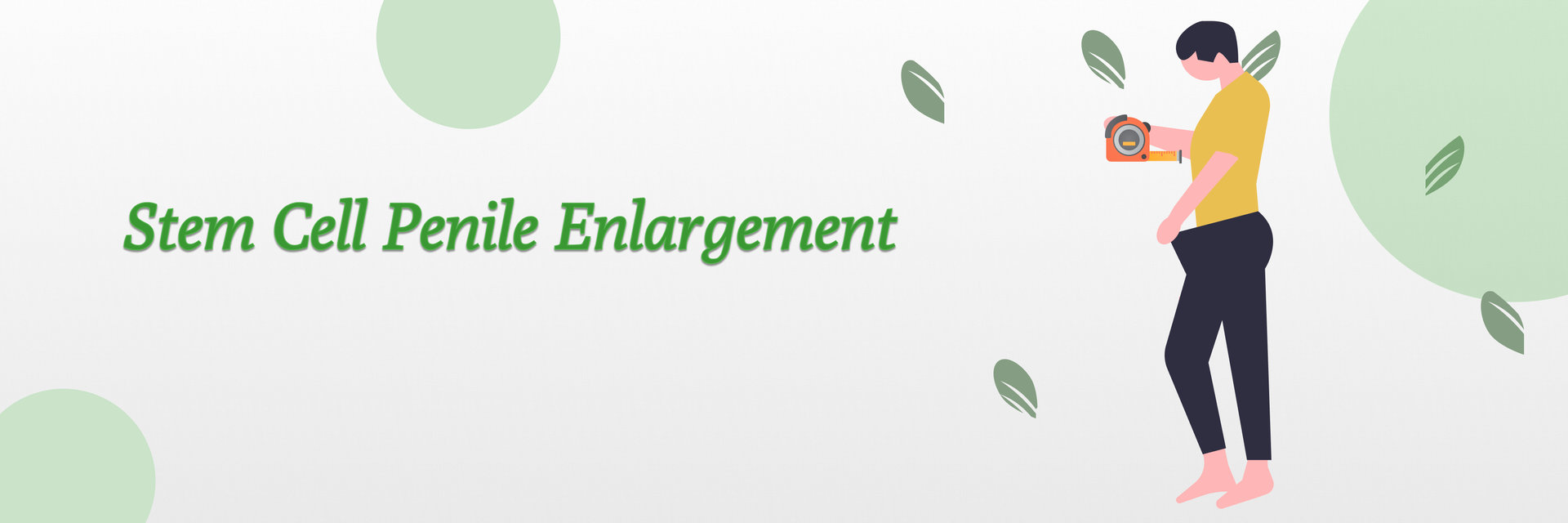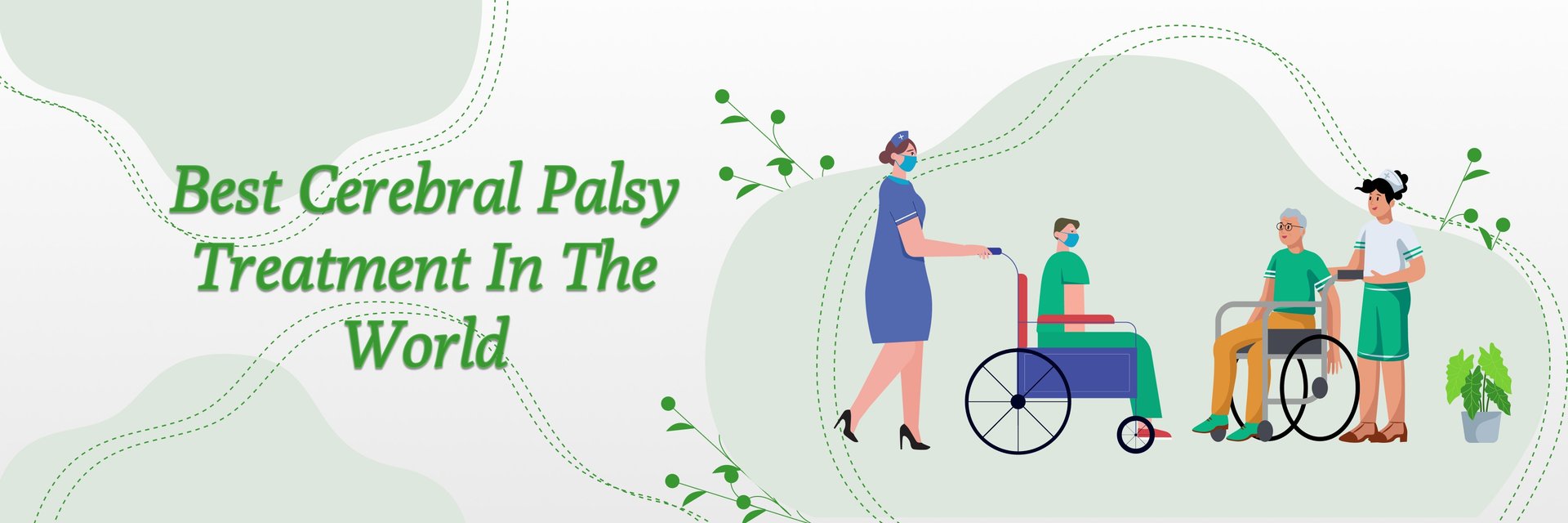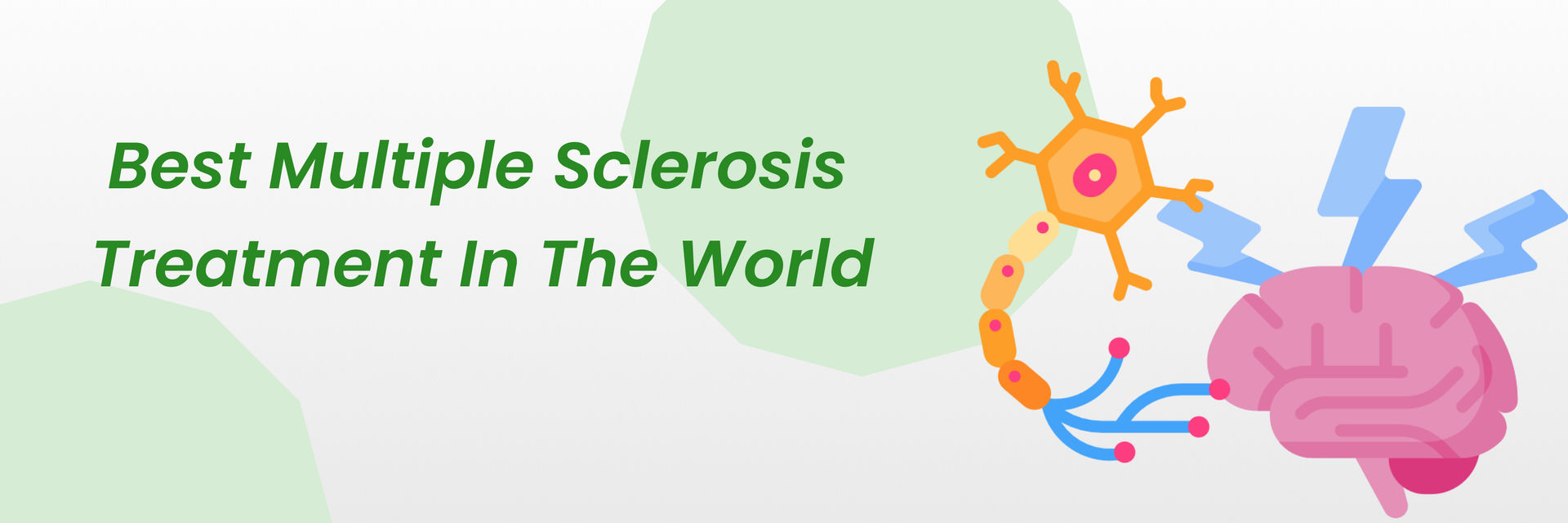Introduction
No longer a buzzword, stem cell therapy is now a growing reality in healthcare around the globe. From regrowing tissue to curing long-standing illnesses and halting the progression of degenerative disease, medicine based on stem cells is transforming the trajectory of medicine. Yet, with all that impending growth also comes an urgent question: Where in the world do patients get the best stem cell treatment? Connect with a professional to know more about the stem cell therapy
The growing popularity rate for stem cell research and stem cell technology globally has seen countries compete to be at the forefront in this area. Along the way, patients have become more conscious and open to seeking treatment overseas at top-class cell treatment facilities—this has helped spur the growth of stem cell tourism. Best treatment, however, is not necessarily a geographic issue. It's all about the science, safety, and overall care infrastructure, that is, having stem cell preservation and reliable stem cell storage at hand.
What Makes The Best Stem Cells?
Not all stem cells are equal, and not all of the treatments selling "stem cell therapy" are equal. What makes the best stem cells—and therefore the best treatment—is a blend of safety, function, and long-term outcomes.
Mesenchymal stem cells (MSCs) are probably the most utilized in present-day worldwide therapies. They're adult stem cells found generally in bone marrow, fatty tissue, or umbilical cord tissue. Their healing and anti-inflammatory capabilities make them very powerful. They're applied for orthopedic, neurological, and autoimmune treatments. If you are considering stem cell therapy as a viable option, then you can book a doctor appointment online on our platform in just a few clicks.
Care quality also heavily depends on the stem cell research behind it. Clinics based on established scientific protocols, documented history, and regulatory compliance are safer and better. And finally, the support infrastructure that provides the above support—such as efficient stem cell storage devices, cold chain logistics, and compliance with ethical stem cell storage policies—also decides a truly world-class stem cell service.
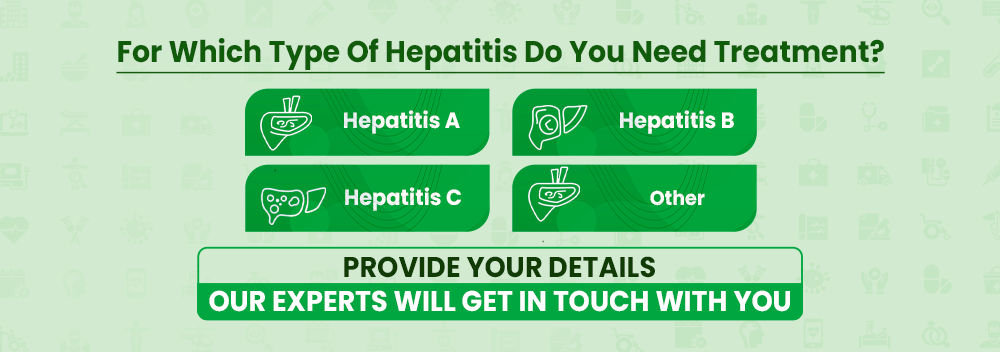
Global Leaders In Stem Cell Therapy
In the global stem cell therapy world climate, there are several countries that take a leading position in relation to innovation, being compliant, affordable, and curing.
- The United States: America continues to be the leader in stem cell research and innovation. The majority of the latest developments in stem cell technology are American, especially in neurodegeneration, cancer, and regenerative orthopedics. Therapies are, however, expensive, and FDA regulations limit some types of therapy outside of clinical trials.
- Germany: Exact medical systems and proper regulation, Germany offers high-tech therapy with mesenchymal stem cells, particularly for musculoskeletal disorders and autoimmune diseases. Very safe to receive treatment here.
- Japan: One of the forefront countries in stem cell technology, the government funds Japan for regenerative medicine and has a proper clinical use facility. They are highly interested in eye disease, spinal cord injury, and cardiovascular disease.
- India: With the growth of private cell care clinics and the reduction of stem cell storage costs, India is becoming a good option for accessible and affordable therapy. Some of the hospitals even offer stem cell storage and umbilical cord banking, thus offering it as a one-stop package for treatment as well as storage.
- Mexico and Panama: These countries have come into the spotlight as offering therapies that are illegal in the U.S. or Europe. Both offer patients seeking therapies mesenchymal stem cell therapies and more intensive protocols.
- South Korea and China: Leaders in regenerative technology, especially in cosmetology and neurological rehabilitation. But the patients have to undergo patchy safety requirements as they differ from clinic to clinic.
Each country has something to give, but it is necessary to match your medical needs to the specialty of the clinic, not necessarily the popularity of the destination.
Types Of Therapies Offered Across Countries
There are now many different kinds of therapies offered by clinics worldwide with different types of stem cells. Being able to identify what each is best for can help a patient make an informed decision.
Mesenchymal Stem Cells (MSCs): The most common and widely used to cure arthritis, degeneration of spinal discs, multiple sclerosis, and even Crohn's disease. MSCs are specialized in German, Indian, and Panamanian clinics.
Hematopoietic Stem Cells: Used primarily for blood ailments and cancers like leukemia and lymphoma. They are more common in U.S. and European hospitals.
Adipose-Derived Stem Cells: From fat tissue, used in cosmetic therapy, orthopedic medicine, and in the treatment of chronic inflammation.
Umbilical Cord Stem Cells & Cord Blood Stem Cells: Used extensively in children's treatment to an increasingly large degree in regenerative therapy. Some hospitals where stem cells are saved at birth also treat patients with them later to some degree.
Embryonic Stem Cells: Mainly off-limits on account of ethical restrictions, but utilized to some extent in some treatment centers on a research basis in more liberal countries.
Stem cell banking has become the keystone of personalized medicine globally—parents are saving umbilical cord blood, and individuals are saving cells for future use. Not only does it offer future protection, but it also makes more sophisticated therapies possible as stem cell technology develops.
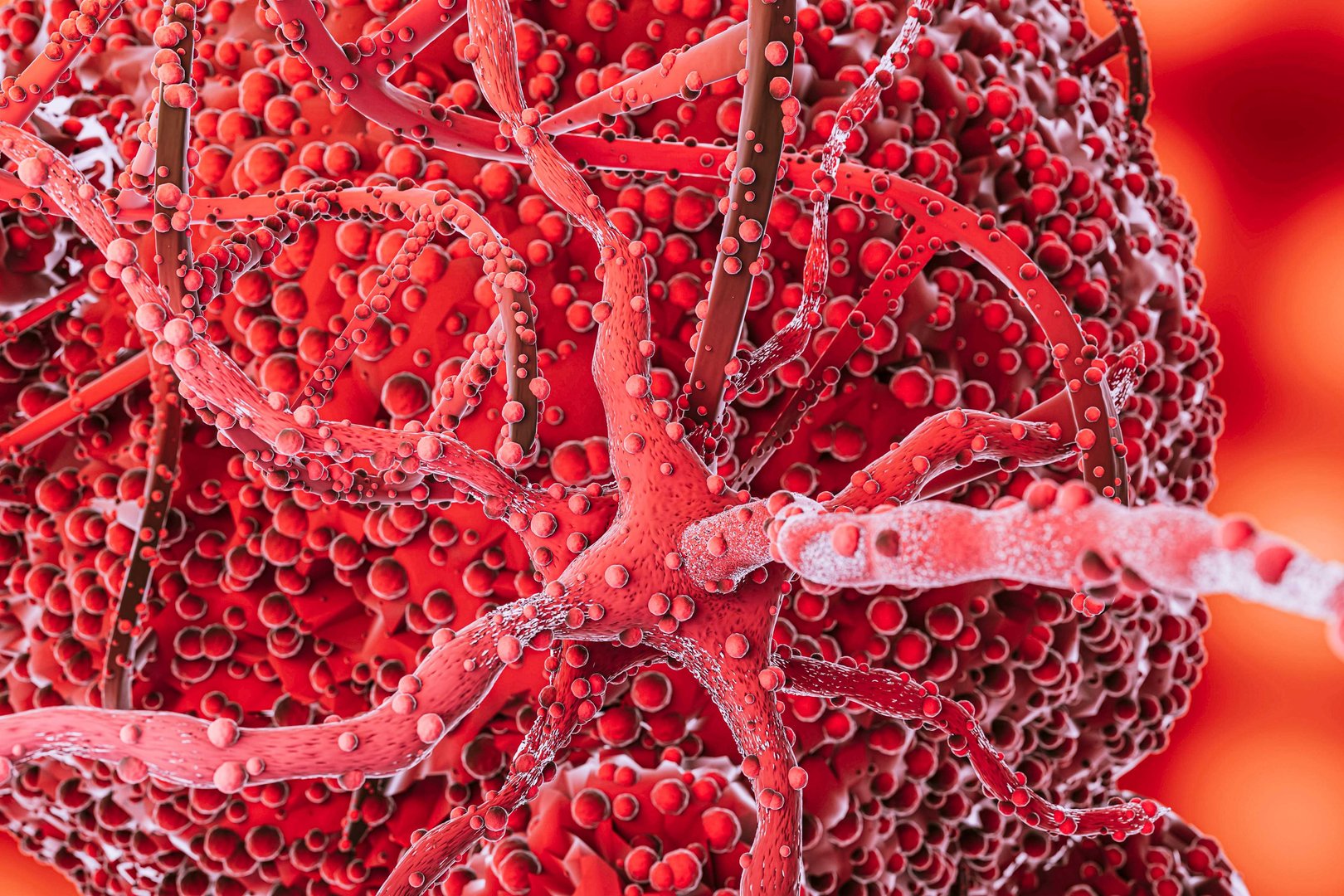
Cost Comparison Globally
| No. | Country | Estimated Treatment Cost | Stem Cell Storage Cost | Notes |
| 1) | United States | $ 15,000 - $ 50,000 | $ 2,000 - $ 5,000 anually | High-tech infrastructure, but strict regulations; often trial based |
| 2) | Germany & Japan | $ 20,000 - $ 35,000 | Included in treatment or variable | Highly regulated, world class after-care, but costly option |
| 3) | India | $ 4,000 - $ 12,000 | Rs.50,000 for cord blood banking | Affordable care, growing reputation in stem cell preservation |
| 4) | Mexico & Panama | $ 5,000 - $ 20,000 | Often bundled or seprate based on clinic | Popular for unrestricted therapies; quality varies based on the provider |
| 5) | South Korea & China | $ 10,000 - $ 25,000 | Depends on provider or facility | Strong in R&D, careful clinic selection advised |
Risks & Ethical Considerations
Stem cell therapy, though promising, does come with risks, especially in unregulateIt may not always be about selecting the "best country"—it's more about selecting the appropriate one for your condition, budget, and expectations.d or "too-good-to-be-true" clinics. One of the biggest concerns is stem cell tourism, where desperate patients travel abroad for unverified therapies. Some of the alerts that should be considered are:
- Infections from improper cell handling
- Immune rejection
- Tumor formation (in rare cases)
- Investing in unscientific treatments
On a moral ground, embryonic stem cell use is unethical in the majority of nations. Due to this, mesenchymal stem cell or cord blood stem cell therapies are okay, ethically sourced, and simpler. Utilize an open, research-based clinic that is locally and internationally compliant by law. Avoid those who overhype and have no published work from genuine stem cell studies.
How To Choose The Best Clinic & Country
The following is what to look for when choosing your country:
- Clinical Reputation: Select clinics that are attached to a hospital or research center. Unregulated freestanding clinics are not worth the risk.
- Published Success Rates: Only a good clinic should publish actual data, not anecdotal data.
- Stem Cell Technology: Ensure the clinic uses up-to-date technology, such as cell expansion, cryopreservation, and safe storage of stem cells.
- Storage & Preservation: Make sure that the clinic has stem cell storage or banking, which pays dividends over the long term.
- Doctor Credentials: Only go for specialists who have experience in cell care and regenerative medicine.
- Legal Framework: Select countries with transparent, stringent medical regulations—this tends to translate into improved patient outcomes. It may not always be about selecting the "best country"—it's more about selecting the appropriate one for your condition, budget, and expectations.

Future Outlook
The prognosis for stem cell therapy is extremely bright. With the advances being made in stem cell technology and cost reductions, there is every chance of broader use, ranging from in vitro organ cultivation to reversing neural injury and curing autoimmune diseases.
More stem cell research is being supported worldwide, especially in Europe and Asia. At the same time, stem cell storage facilities also gain popularity because governments encourage early stem cell banking towards personalized medicine.
In no time, we will witness AI-driven stem cell mapping, computer-designed therapy programs, and home-fix kits, all made possible by the cells you bank today. It is no longer science fiction; it is the new medicine of the future.
Summary
Stem cell treatment has come a long way, from experimental therapy to effective therapies used clinically all over the globe. The best stem cell treatment is not geographically located—it's about utilizing safe stem cell technology, ethically obtained cells, personalized care, and well-documented outcomes.
These are nations like the U.S., Germany, Japan, India, and Panama, which are at the forefront of offering innovation, affordability, and accessibility. With adequate stem cell storage practices, stem cell preservation cost details, and evaluation of clinical experience, patients have access to life-altering treatment geared to both their money and health goals.
Since stem cell research continues to evolve and mesenchymal stem cells continue to be purified, the future potential is not only for curing, but preventing, regenerating, and total care for cells.
References
https://www.fda.gov/vaccines-blood-biologics/biologics-guidances/cellular-gene-therapy-guidances

